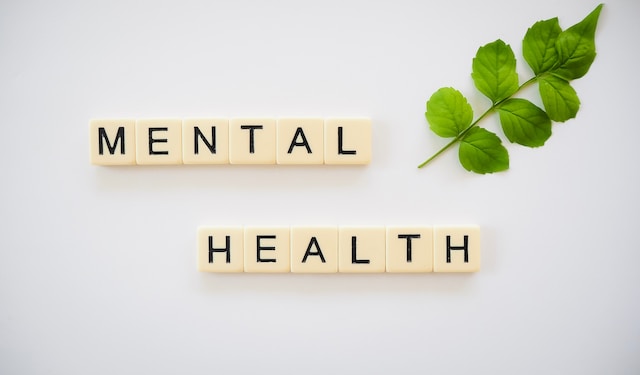Have you ever walked into a room and immediately felt a rush of energy or a wave of calmness wash over you?
The colours surrounding us have a significant impact on our mood and mental state. As an interior designer, the colours you choose for a space can influence how people interact with the environment and each other. The right colour palette creates an atmosphere that enhances emotional wellbeing and supports mental health.
If you are looking to renovate your space, and if by any chance you are from Jaipur or anywhere nearby Jaipur, do check out this list of top 10 famous interior designers in Jaipur.
On the other hand, the wrong choice of colours in a room can lead to feelings of anxiety, depression or lack of focus. Understanding the psychology of colours allows you to craft spaces that uplift, inspire and heal. In this article, we’ll explore how different colours can be used to positively influence the human psyche in interior design.

How colours Affect Our Mood and Emotions
The colours around us have a huge impact on our mood and mental wellbeing. When designing your space, choose colours that inspire the vibe you want.
- Blues are calming and help reduce stress and anxiety. Shades like navy or teal work well for bedrooms or home offices.
- Greens signify growth and renewal. Sage or forest green are perfect for living rooms, helping you feel balanced and refreshed.
- Yellows lift your mood and boost creativity. A daffodil or lemon accent wall in a kitchen or craft room will brighten your day.
- Oranges excite and energize. A tangerine feature wall in an exercise room will get you pumped for your workout.
- Reds stimulate passion and appetite. For a dining room, a crimson or cherry hue will make mealtimes more social and vibrant.
Using colour psychology in your home is an easy way to influence your emotional and mental state for the better. So whether you want to feel joyful, peaceful or motivated, changing up the colours in your space can have a huge impact on your overall wellbeing and happiness. Why not give it a try?
The Effect of Warm colours on Mental Wellbeing
Warm colours are observed to impact mental well-being, positively. When used in interior design, these colours can lift your mood and make you feel cozy and energized.
The warmer the colour, the more intense the effects. But you only need splashes of these colours to influence your emotional wellbeing. A little goes a long way!
Combining warm colours together or with neutral shades creates balance. For the best results, choose colours you personally find uplifting and energizing. The colours in your environment have a bigger impact on your mental health and mood than you realize. Surrounding yourself with a warm colour palette can help reduce stress and anxiety, increase happiness and motivation, and promote an overall sense of wellbeing.
The Calming Influence of Cool colours
Blue hues
Blue is associated with calmness and tranquility. Shades of blue, such as navy, azure, and cerulean have a soothing, relaxing effect. Using blue in interior design, especially in bedrooms, living rooms and other spaces can help create a sense of peace.
Cool greens
Shades of green, like mint, seafoam and sage are also refreshing and calming. Green is connected to nature and growth. Using green colour in the bedroom may help reduce anxiety & restlessness, and also promotes better sleep.
- Pair blue and green together for an even more relaxing colour scheme.
- Add in neutrals like white, beige or light grey to prevent the space from feeling too cold.
- Use cool colours on walls, larger furniture pieces, rugs, curtains and bedding. Then add in warmer accent colours with decorative accessories, art, plants and lighting fixtures.
The calming qualities of blues and greens make them ideal for creating a restful environment. By thoughtfully incorporating these cool hues into your space, you can cultivate a sense of peace and comfort. Your mental and emotional wellbeing will thank you for this.
I hope this article was insightful and you loved reading it.


